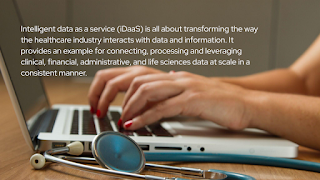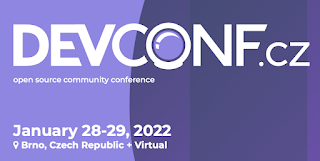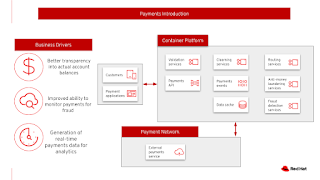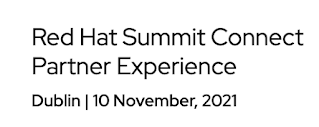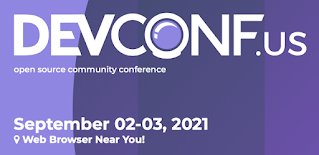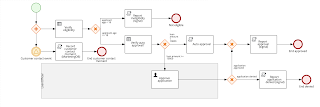This year the
Red Hat Summit event is a bit different as we bridge the gap from pandemic reality to hopefully a form of normalcy.
As the Red Hat Summit site explains to us, this "...event is expanding to become an all-new, flexible conference series, consisting of a 2‑part immersive virtual experience as well as a global tour of small-scale, in-person* events. This series will create collective opportunities to share experiences, innovations, and insights."
Part one is from April 27-28, where you can start your Red Hat Summit journey by joining us for this no-cost event, where you can get the latest news, ask the experts your technology questions, hear from customers around the globe, and learn how open source is innovating the future of the enterprise. There will be keynotes, spotlights, live demos, and access to Red Hatters from around the globe.
Part two is from June 15-16, and you can build on what you learned at April’s event with insights from breakout sessions and technical content geared toward the tracks and topics most relevant to your career. You can also interact live with Red Hat professionals at this no-cost event. More depth at this event with the breakout sessions, ask the experts sessions, and a virtual expo hall.
Finally, you noticed the star marking the part three event above? That's because this part of the event we hope allows us to meet in-person, but the ongoing situation means Red Hat will "...continue to monitor the ongoing global health crisis and make adjustments to the Red Hat Summit agenda to help ensure the health, safety, and well-being of everyone within the open source community." If all goes well, then you can cap your Red Hat Summit experience somewhere from Oct - Nov "...by exploring hands-on activities at in-person events that will be held in several cities. The networking opportunities can help you find the inspiration to discover who you want to be and the tools to do what you want to do." There will be hands-on labs, 1-1 meetings, and training courses available during this final event series.


